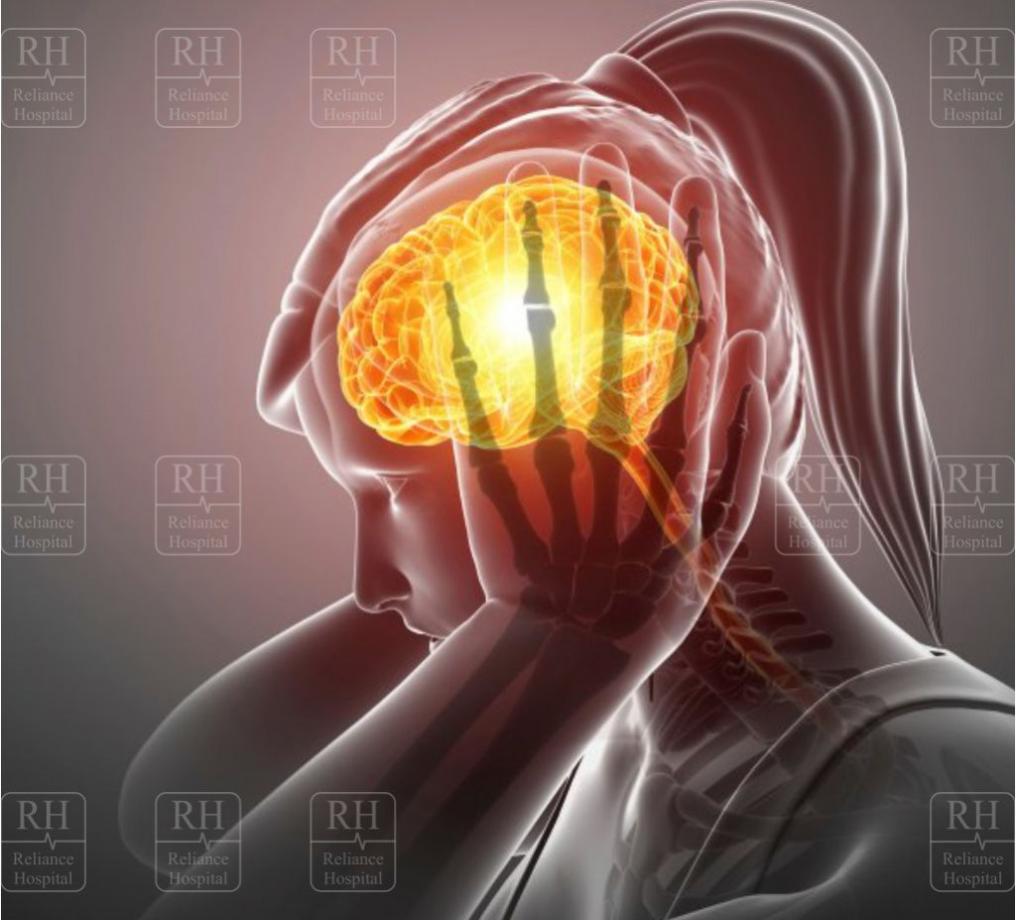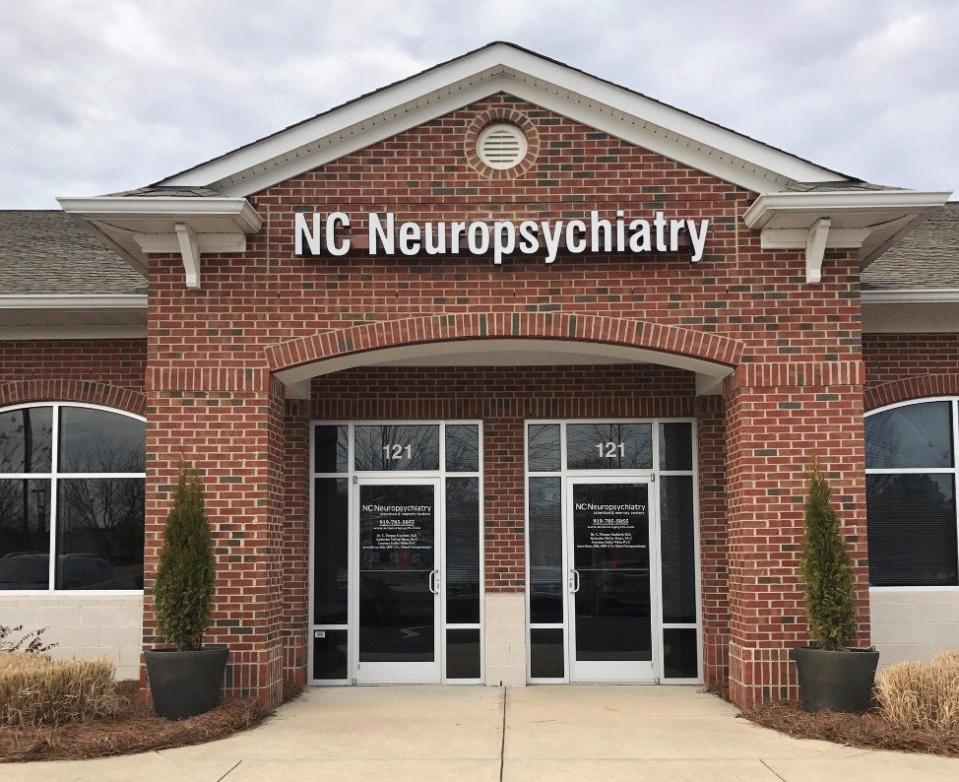Neuroimaging Techniques in Neuropsychiatry: A Window into the Brain's Inner Workings
Neuropsychiatry, a specialized field at the intersection of neuroscience and psychiatry, seeks to understand the intricate relationship between the brain and the mind. Neuroimaging techniques have emerged as invaluable tools in this pursuit, providing unprecedented insights into the brain's functioning in various neuropsychiatric disorders.

Overview Of Neuroimaging Techniques
The history of neuroimaging techniques is marked by continuous advancements, revolutionizing our understanding of the brain. From the early days of X-ray imaging to the advent of sophisticated techniques like magnetic resonance imaging (MRI) and positron emission tomography (PET), these tools have transformed the way we study the brain.
Types Of Neuroimaging Techniques
- Structural Neuroimaging: Techniques like MRI and computed tomography (CT) provide detailed anatomical images of the brain, allowing researchers to examine brain structures and identify abnormalities.
- Functional Neuroimaging: Techniques such as functional MRI (fMRI), PET, and single-photon emission computed tomography (SPECT) measure brain activity by detecting changes in blood flow, glucose metabolism, or neurotransmitter levels.
- Molecular Imaging: Techniques like magnetic resonance spectroscopy (MRS), diffusion tensor imaging (DTI), and magnetoencephalography (MEG) provide insights into brain chemistry, connectivity, and electrical activity.
Applications Of Neuroimaging Techniques In Neuropsychiatry
Neuroimaging techniques have revolutionized the diagnosis and classification of neuropsychiatric disorders, enabling clinicians to make more accurate and timely diagnoses.
Neuroimaging In Diagnosing Neuropsychiatric Disorders
- Schizophrenia: Neuroimaging studies have identified brain abnormalities associated with schizophrenia, including reduced brain volume, altered connectivity, and abnormal brain activity patterns.
- Bipolar Disorder: Neuroimaging techniques have helped identify brain differences in individuals with bipolar disorder, such as changes in the structure and function of the amygdala and hippocampus.
- Depression: Neuroimaging studies have revealed alterations in brain regions involved in mood regulation, such as the prefrontal cortex and amygdala, in individuals with depression.
- Anxiety Disorders: Neuroimaging techniques have provided evidence of altered brain activity in anxiety disorders, particularly in regions involved in fear and emotional processing.
- Autism Spectrum Disorder: Neuroimaging studies have identified structural and functional brain abnormalities in individuals with autism spectrum disorder, including atypical connectivity patterns and altered brain activity during social interactions.
Neuroimaging Techniques In Understanding Brain-Behavior Relationships
Neuroimaging techniques have enabled researchers to explore the neural underpinnings of various cognitive, emotional, and behavioral processes, providing valuable insights into the brain-behavior relationship.
Neuroimaging And Brain-Behavior Relationships
- Cognitive Processes: Neuroimaging studies have helped identify brain regions involved in attention, memory, decision-making, and other cognitive functions.
- Emotional Processes: Neuroimaging techniques have revealed the neural circuitry involved in emotions such as fear, anger, sadness, and happiness.
- Behavioral Processes: Neuroimaging studies have provided insights into the brain mechanisms underlying behaviors such as addiction, aggression, and social interactions.
- Neuroplasticity and Treatment Interventions: Neuroimaging techniques have been instrumental in studying neuroplasticity, the brain's ability to change and adapt in response to experiences and interventions. This has facilitated the development of more targeted and effective treatment strategies for neuropsychiatric disorders.
Challenges And Limitations Of Neuroimaging Techniques

While neuroimaging techniques have revolutionized neuropsychiatric research, they are not without challenges and limitations.
Challenges And Limitations
- Technical Limitations: Neuroimaging techniques face technical challenges such as limited resolution, artifacts, and noise, which can affect the accuracy and interpretation of results.
- Data Interpretation Challenges: The vast amount of data generated by neuroimaging studies poses challenges in statistical analysis and interpretation. Individual variability and the complexity of the brain make it difficult to draw definitive conclusions.
- Ethical Considerations: Neuroimaging research raises ethical concerns related to informed consent, privacy, and the potential misuse of neuroimaging data.
Future Directions And Emerging Techniques
The field of neuroimaging is continuously evolving, with advancements in technology and the development of new techniques promising even deeper insights into the brain and its disorders.
Latest Advancements And Emerging Techniques
- Artificial Intelligence and Machine Learning: AI and machine learning algorithms are being applied to neuroimaging data to improve data analysis, identify patterns, and develop predictive models.
- Multimodal Neuroimaging Approaches: Combining different neuroimaging techniques provides a more comprehensive understanding of brain structure, function, and connectivity.
- Transcranial Magnetic Stimulation (TMS): TMS is a non-invasive brain stimulation technique used to modulate brain activity and study its effects on behavior.
- Optogenetics: Optogenetics involves using light to control the activity of specific neurons, allowing researchers to study causal relationships between neural activity and behavior.

Neuroimaging techniques have revolutionized our understanding of neuropsychiatric disorders, providing unprecedented insights into the brain's inner workings. These techniques have enabled more accurate diagnoses, facilitated the development of targeted treatments, and deepened our understanding of brain-behavior relationships. As the field continues to advance, neuroimaging holds immense promise for further breakthroughs in the diagnosis, treatment, and prevention of neuropsychiatric disorders, ultimately improving patient outcomes and quality of life.
YesNo

Leave a Reply